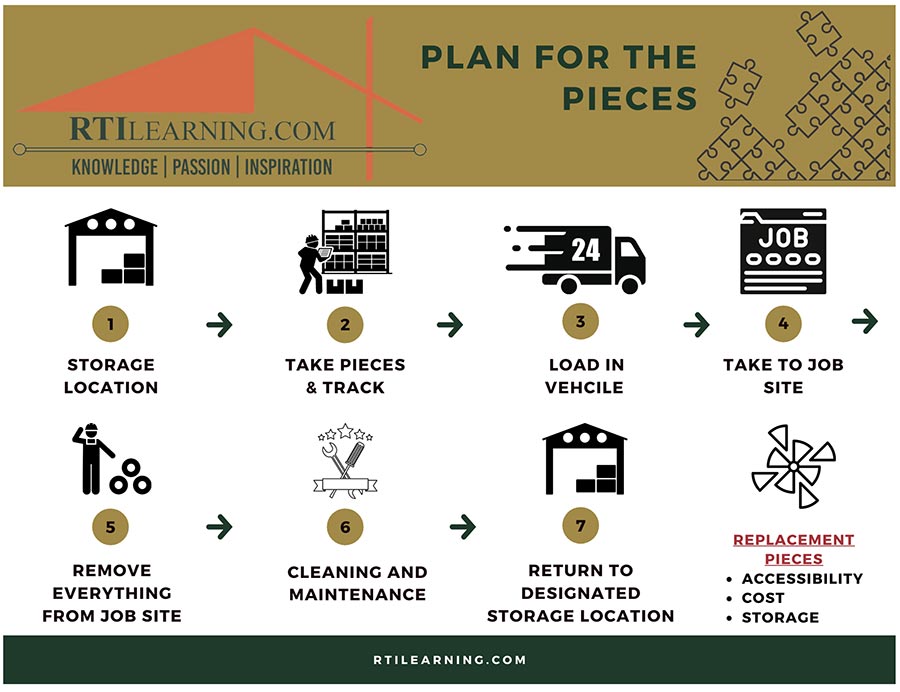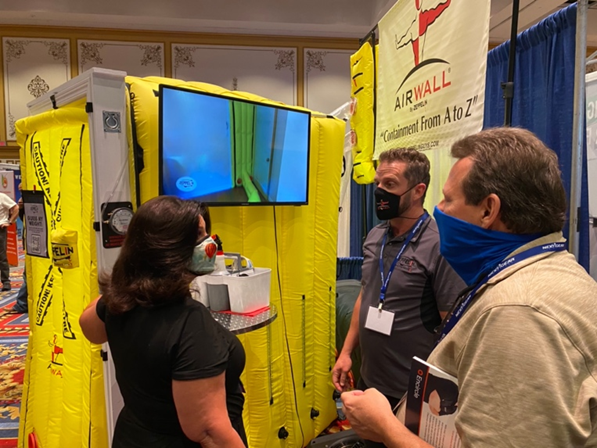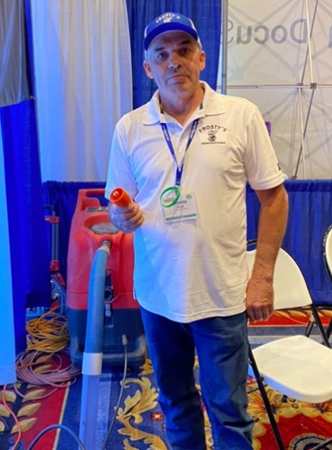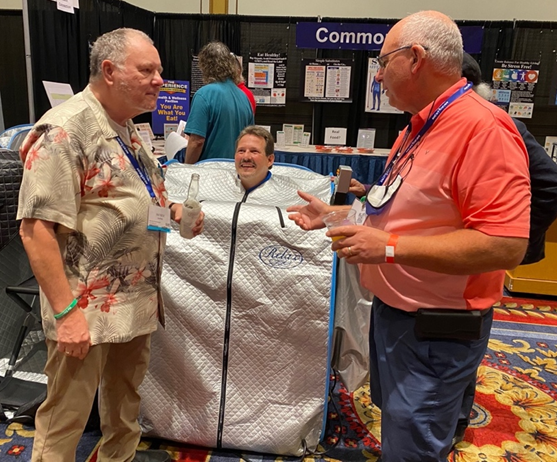
Photo credit: eclipse_images/e+ via Getty Images
Lisa Lavender, M.T.R., M.F.S.R., M.W.R. and Stephanie Beattie
Ultimately, successful outcomes require a combination of leadership and management.
Management is a relatively easy concept to grasp as, by its literal definition, it means the process of controlling things, processes or people to a desired outcome. Leadership is more complex and abstract, and there are almost as many definitions of it as there are articles about it. We offer the definition presented by Kevin Kruse in What is Leadership?, published by Forbes in 2013: “Leadership is a process of social influence, which maximizes the efforts of other, towards the achievement of a goal.”
There is a common element when it comes to managing or leading people. We are trying to get people to do something. It may be to engage in the purpose of the organization, or it may be a task like updating a job file. At this point, there are endless ideas to consider, podcasts to listen to, riveting conversations to be had and materials to read. However, let’s consider the notion that a key element of either leading or managing a person involves an understanding of their motivation.
Motivation refers to the desire, willingness or drive of an individual to accomplish something. We have all probably said at one time or another, “He is not motivated” or “She is highly motivated.” It is not uncommon to see a resume that starts out with, “I am a highly motivated…”
How often have we asked a person, “What motivates you?” Have we ever asked ourselves, “I wonder what motivates him/her?” Many of us may not truly understand what motivates us, or others. We need to look at this from a different point of view. What is the behavior connected to someone’s reason for doing something?
The motivation paradigm is described as the reasons we do the things we do in the manner we do them. Over the years, I have taken the position that money does not motivate, nor is it necessarily an effective tool that creates desired outcomes. Appreciation ranks higher than money, believe it or not, when it comes to motivation. Why? Employees would rather work for a company that values and appreciates them than earn more money. The money isn’t enough if you work for a company that you don’t feel connected to.
To gain a better understanding of how money fits in and what research shows about the motivational power of autonomy, mastery and purpose, you may want to watch The Surprising Truth About What Motivates Us. When we consider the power of autonomy, freedom and self-direction, we may better understand some of the findings that show an increase in productivity for many who work at home. For example, “When employers grant the freedom of the home office, employees reward this trust with hard work,” Matt Munro writes.
The insights about the increase in productivity of those working at home allow us to take things further. As we embark on leading and managing people, what if we could understand what truly motivates our individual team members? Could it modify or improve the way we manage and lead them? You may already have seen or heard of some personality analysis tools. I recently had the privilege to learn more about motivation and the tools available to help us motivate others from Stephanie Beattie, CEO of the Center for Disaster Recovery.
Stephanie is a certified practitioner in Motivation Factor. This assessment tool unlocks and ignites the specifics – things we should focus on and things we should not. It provides awareness to know what moves us forward and what holds us back. It specifically determines what we need and where our talents can be used in organizations to propel leadership and production. She has seen that a motivated employee with core competencies correlates with high performance day in and day out. I asked Stephanie to share with our readers some insights. Her knowledge and passion were powerful as she began to explain the dynamics and the how to harness it.
Q. What do we not know about motivation?
We often do not know that components of our individual motivation are directly impacted by things that drain each of us. An energy drainer occurs when your life circumstances do not match your expectations. We don’t consider that something is impacting the employee, friend or co-worker and their ability to maintain continuous motivation.
Q. What are the main categories of motivation?
- Intrinsic motivation: How well we use our talents to support our role or contribute to the success of the company or project.
- Motivation capability: How motivated the person is to get up and do their job daily; this is specifically connected to our energy drainers.
- Strategic connection: If an employee is not connected to the business, it is usually due to their lack of understanding of the company vision, mission and goals.
Q. How can we harness and engage people based on their motivation?
It is important to know what their actual needs and talents are. Consider this:
- If you have a need for personal power, this can mean that you want to have an impact on things. Being able to influence your circumstances is most likely crucial for you. You may dislike apathy and be frustrated by “victim” mentality.
- If you have talent to win, this can mean you love competition, a sense of victory, achieving perfection or accomplishment. You may feel particularly fueled by being the best you can be.
- If you have a need to be heard, this can mean you feel a natural urge to contribute your thoughts, ideas and opinions. You may feel frustrated when others don’t listen or if you don’t have an opportunity to voice your thoughts.
This information and understanding allows us to work more cohesively with the individual and assist them in their motivation. Remember: If we focus on supporting one’s needs while using their talents, we can harness the power of performance, production and fulfillment. Motivated staff are happier, speak positively about the company they work for and will enthusiastically be part of a company that supports them to the highest level.
May harnessing the power of motivating others bring you continued Restoring Success.
Originally Published in R&R Magazine









 As restoration specialists at iRestore, we know that the most important asset to your
As restoration specialists at iRestore, we know that the most important asset to your As a restoration company owner, you don’t need to add another piece of equipment or tool to your belt unless it is going to keep you from having to do MORE work. When business owners learn of yet another piece of technology or software that is supposed to help their company grow and be more productive, it isn’t shocking when they are reluctant or hesitant to try it. While there are many types of software and apps and programs that really don’t provide enough for business owners to benefit from using them, iRestore’s restoration management software is not one of them.
As a restoration company owner, you don’t need to add another piece of equipment or tool to your belt unless it is going to keep you from having to do MORE work. When business owners learn of yet another piece of technology or software that is supposed to help their company grow and be more productive, it isn’t shocking when they are reluctant or hesitant to try it. While there are many types of software and apps and programs that really don’t provide enough for business owners to benefit from using them, iRestore’s restoration management software is not one of them.






